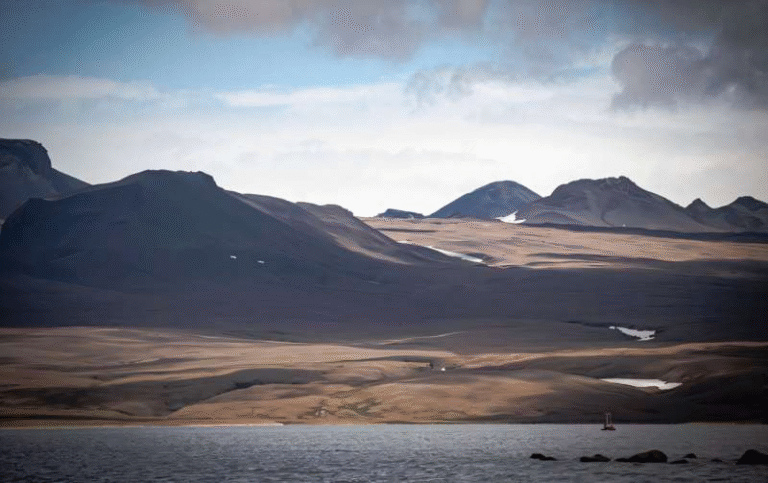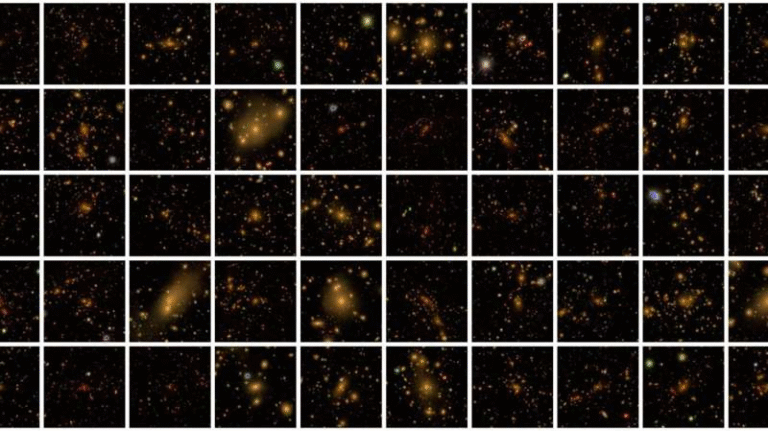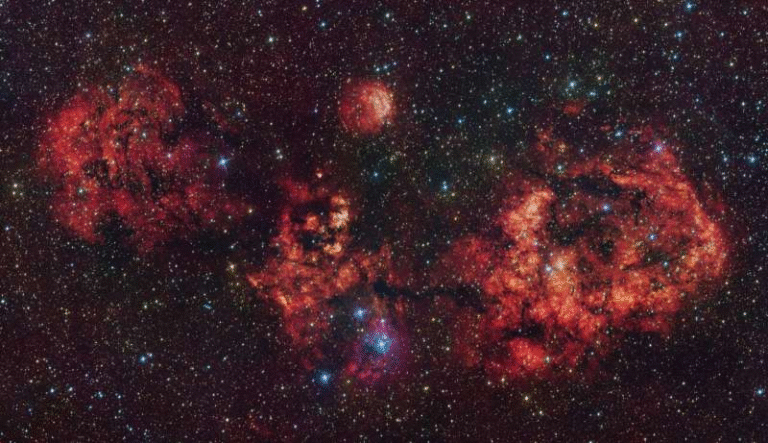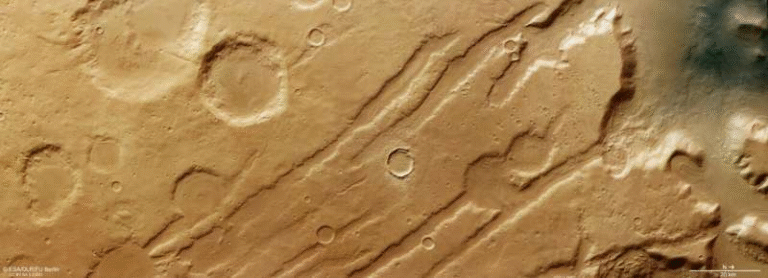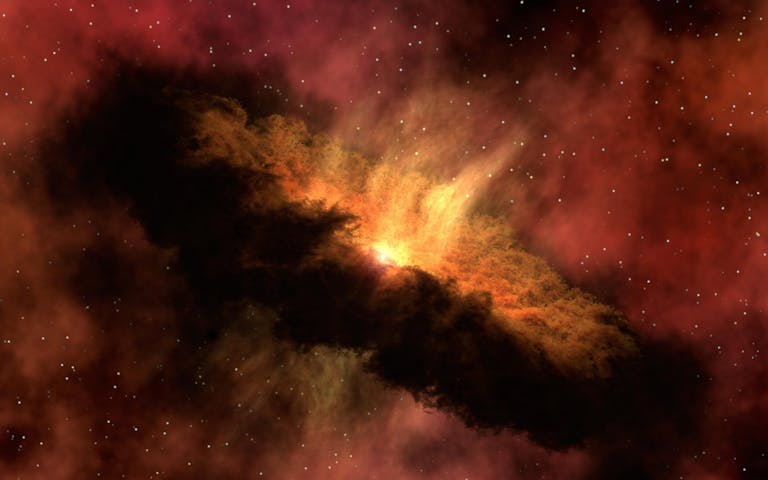Moonquakes Could Threaten Future Lunar Missions: New Research Explains Why

A new scientific study is shedding light on an often-overlooked hazard of the Moon: moonquakes. Unlike meteorite strikes, which many assumed to be the main cause of surface changes on the Moon, recent evidence points to seismic activity as a key driver in reshaping parts of the lunar landscape. This has big implications for the future of space exploration, especially as NASA and other space agencies prepare to establish long-term bases on the lunar surface.
The research, led by Thomas R. Watters of the Smithsonian and Nicholas C. Schmerr of the University of Maryland, was published in Science Advances. By combining data from the Apollo 17 mission with modern seismic models, the study not only traced the source of certain lunar surface changes but also raised important questions about the safety of future lunar infrastructure.
Evidence from Apollo 17
The focus of the study is the Taurus-Littrow valley, the landing site of the Apollo 17 mission in 1972. This was the last crewed mission to the Moon, where astronauts collected rock samples and explored the valley floor.
Over 50 years later, researchers revisited the geological evidence collected there. They looked at boulder falls and landslides, many of which appeared to have been triggered by seismic shaking. Without modern seismometers on the Moon, scientists had to use these physical traces as natural recorders of past quakes.
By analyzing the size and displacement of boulders, the team estimated how much shaking must have occurred in order to move them. They also factored in the cosmic ray exposure ages of these rocks, which give an idea of how long they’ve been sitting at the surface. This allowed them to piece together a timeline of seismic activity in the valley stretching back nearly 90 million years.
The Lee-Lincoln Fault
The study points to the Lee-Lincoln fault as the likely culprit. This is a thrust fault that cuts across the valley floor. According to the evidence, quakes with a magnitude of about 3.0 have repeatedly shaken the area. On Earth, such quakes are considered minor, but on the Moon, with no atmosphere or liquid water to soften the impact, their effects can be much more significant.
What makes this finding more concerning is that the Lee-Lincoln fault is just one of thousands of young thrust faults scattered across the lunar surface. The study suggests that many of these faults may still be active today, as the Moon continues to cool and contract.
How Dangerous Are These Quakes?
The researchers went beyond studying past events—they also modeled the potential seismic risk for future missions. Their estimate: on any given day near an active fault, there’s about a 1 in 20 million chance of a damaging moonquake. At first glance, that might sound like almost nothing. But for long-term lunar missions, the numbers add up.
For example, a habitat designed to last 10 years on the Moon would face about a 1 in 5,500 chance of being hit by a hazardous moonquake. To put that into perspective, that’s much higher than the odds of winning a major lottery jackpot and closer to the odds of being dealt a strong poker hand.
Short missions, like Apollo 17 which only lasted a few days, were at very low risk. But modern lunar programs—such as NASA’s Artemis program, which aims to establish a permanent presence—face a much higher exposure to these hazards.
Risks for Future Lunar Infrastructure
One of the most important takeaways from the study is that long-duration missions will need to account for seismic risks in ways the Apollo missions didn’t.
Future landers, habitats, and bases will be bigger and more complex. The Starship Human Landing System, which is being developed by SpaceX as part of Artemis, is an example. It’s a very tall, slender vehicle compared to the Apollo lunar module. A moonquake with sufficient ground acceleration could tip such a lander or damage its systems.
Permanent infrastructure, like habitats and science stations, would also face risks of structural fatigue over time. On the Moon, quakes can last hours, unlike Earth where most quakes are over within minutes. That prolonged shaking could slowly wear down seals, joints, and structural supports.
NASA has already noted that such long-lasting quakes are a particular concern for launch pads, power stations, and habitats meant to last decades.
Planning for Safer Bases
So how should mission planners respond to this new information? The researchers emphasize a simple but crucial point: don’t build bases directly on top of faults or scarps. By placing infrastructure farther away from these features, the hazards can be greatly reduced.
Modern lunar missions will also bring more advanced technology. Artemis and future international missions are expected to deploy new seismometers, far more sensitive than the Apollo-era instruments. With better monitoring, scientists can map fault activity in real time and refine hazard models.
In the meantime, the study highlights the need for structural engineering designed to handle prolonged vibrations. Anchoring systems, flexible supports, and seismic damping technologies—similar to earthquake-resistant designs on Earth—may become standard for lunar construction.
Why the Moon Still Quakes
The Moon might seem like a quiet, dead world compared to Earth, but it’s still geologically active in subtle ways. Scientists believe that thermal contraction is one of the main drivers. As the Moon cools, its interior shrinks slightly, creating stress in the crust. This stress gets released along faults, producing moonquakes.
NASA scientists have noted for years that the Moon is slowly shrinking. Images from the Lunar Reconnaissance Orbiter have shown cliffs and scarps forming across the surface, evidence of this global contraction. This ongoing process means that lunar seismic activity is not just a relic of the past—it’s something that continues today.
Apollo seismometers from 1969 to 1977 recorded several types of quakes: deep moonquakes caused by tidal forces from Earth, thermal quakes from daytime heating and nighttime cooling, and shallow moonquakes, which are the most dangerous. These shallow quakes are the type most likely linked to faults like Lee-Lincoln.
Lessons from Earth
Although lunar and Earth quakes differ in many ways, Earth’s history offers useful lessons. On Earth, faults and seismic zones guide where engineers build or avoid construction. Entire cities incorporate earthquake-resistant designs.
The same principle applies to the Moon. Even if moonquakes are rarer and weaker than Earthquakes, the lack of atmosphere and water means there’s no erosion or vegetation to hide evidence. This makes the Moon an excellent natural laboratory for paleoseismology—the study of ancient seismic activity.
Watters and Schmerr’s study is essentially the beginning of lunar paleoseismology, using physical evidence from the surface to reconstruct millions of years of seismic history. With future missions, this field is expected to expand quickly, giving explorers better tools to understand where to build and where to avoid.
The Bigger Picture: Artemis and Beyond
NASA’s Artemis program plans to return astronauts to the Moon later this decade, with the long-term goal of establishing a sustained human presence. This research directly ties into that vision.
Planners must now consider moonquakes alongside other risks like radiation, extreme temperatures, and micrometeorite impacts. Choosing safe landing and building sites will be critical not just for Artemis, but for any international or commercial lunar mission.
Long-term, these findings also matter for projects like lunar mining, the establishment of radio telescopes on the far side, and even preparation for future Mars missions. If humanity is serious about living and working on other worlds, learning how to handle seismic hazards is part of the challenge.
Conclusion
This study is a reminder that the Moon is not as static as it appears. Its surface is still shifting, its crust still cracking, and its faults still active. While the risks may seem small on a daily basis, the cumulative danger for long-term bases is real.
Future lunar explorers will need to factor seismic hazards into every design decision, from where to build habitats to how to anchor landers. With modern instruments, smart engineering, and careful planning, these risks can be managed. But ignoring them would be a costly mistake.
For now, the message is clear: if we want to stay on the Moon safely, we can’t just worry about what falls from the sky—we also have to think about what shakes beneath our feet.
Research Reference:
Paleoseismic activity in the moon’s Taurus-Littrow valley inferred from boulder falls and landslides – Science Advances, 30 July 2025
